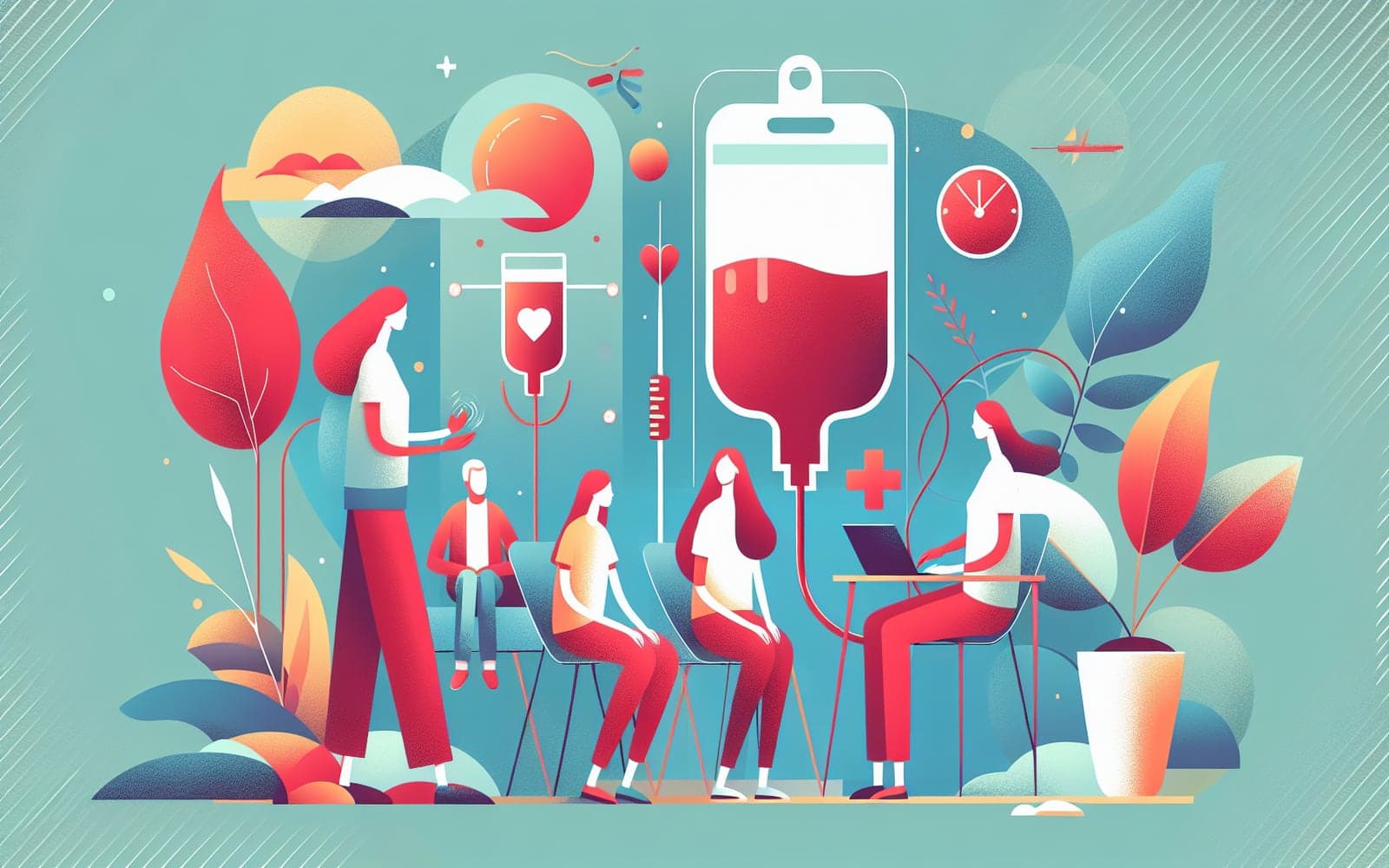Acquired Hemophilia A: The Bleeding Disorder That Sneaks Up on You
Published: Aug 23, 2024

Medically reviewed by Oghenefejiro Okifo | MD, Harvard Medical School | Henry Ford Hospital - Detroit, MI on August 23rd, 2024.
Acquired hemophilia A is a rare but potentially life-threatening bleeding disorder that can suddenly develop in adults. Unlike inherited hemophilia, it occurs when the body's immune system mistakenly attacks a crucial blood clotting protein.
Contents
Symptoms and Diagnosis
The hallmark of acquired hemophilia A is unexpected, severe bleeding, often appearing as large bruises or internal bleeding. Diagnosis can be tricky, as many doctors aren't familiar with this rare condition. Key tests include blood clotting studies and specific factor assays. A prolonged activated partial thromboplastin time (aPTT) that doesn't correct in mixing studies is a red flag.
Causes and Risk Factors
In about half of cases, no underlying cause is found. However, acquired hemophilia A can be associated with autoimmune disorders, cancer, pregnancy, or certain medications. The condition becomes more common with age, with the highest rates seen in people over 60. Postpartum women are another group at increased risk.

Treatment Approaches
Treatment has two main goals: stop acute bleeding and eliminate the inhibitor causing the problem. For bleeding control, bypassing agents like recombinant factor VIIa or activated prothrombin complex concentrates are often used. To eliminate the inhibitor, immunosuppressive drugs such as corticosteroids and cyclophosphamide are typically prescribed. In some cases, rituximab may be added to the regimen.
Frequently Asked Questions
No, unlike classic hemophilia, it's not inherited.
It affects about 1-2 people per million annually.
Many patients achieve remission with treatment.
No, but it's most common in people over 60.
Key Takeaways
Acquired hemophilia A is a rare but serious condition that requires prompt diagnosis and specialized treatment to prevent life-threatening complications.
If you're experiencing unexplained bruising or bleeding, don't hesitate to discuss your symptoms with Doctronic for personalized guidance.Related Articles
References
Tiede A, et al. International recommendations on the diagnosis and treatment of acquired hemophilia A. Haematologica. 2020;105(7):1791-1801.
Knoebl P, et al. Demographic and clinical data in acquired hemophilia A: results from the European Acquired Haemophilia Registry (EACH2). J Thromb Haemost. 2012;10(4):622-631.
This article has been reviewed for accuracy by one of the licensed medical doctors working for Doctronic. Always discuss health information with your healthcare provider.

